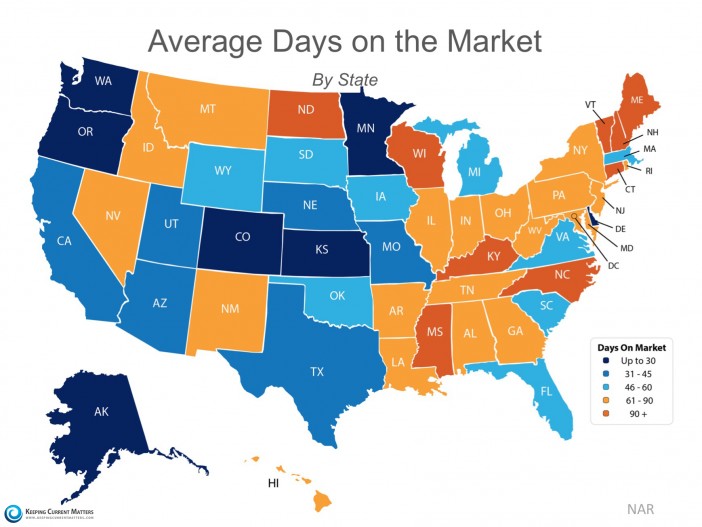By Aubray Erhardt on Thursday, April 14th, 2016
With the spring market officially underway, both buyer and seller activity rose in March 2016 compared to last March. Buyers signed 5,861 new purchase agreements, pushing pending sales up a respectable 12.6 percent. Would-be sellers were still concerned about their ability to secure their next property in this competitive environment, so new listings only increased 0.5 percent. Hence, supply levels remained near 13-year lows. Compared to last March, inventory levels fell 20.6 percent to 11,893 active properties. Prices continued their disciplined trek back towards levels last seen 10 years ago. The median sales price rose 5.7 percent from last March to land at $222,000. Median list price, by contrast, has already reached and exceeded its previous record, perhaps an indication that the median sales price could do the same this year.
Buyers came out swinging with strong offers in March. Sellers accepted offers closer to their list price, as the percent of original list price received at sale was up to 96.7 percent. Homes tended to sell in less time, with cumulative days on market declining 17.5 percent to 85 days. Months supply of inventory fell 28.6 percent to 2.5 months—the third lowest figure on record going back to 2003. Generally, five to six months of supply is considered a balanced market. While the metropolitan area as a whole is favoring sellers, not all areas, segments or price points necessarily reflect that.
“Between new loan applications and anecdotal evidence, we knew this spring would be another big one for buyers,” said Judy Shields, Minneapolis Area Association of REALTORS® (MAAR) President. “The small gain in seller activity was nice, but it falls well short of the supply levels needed to sustain the demand we’re seeing. That should be motivating for sellers, but it’s still important to understand that your home needs to be priced right.”
It’s also useful to assess specific area and segment performance, since no single property spans the entire metro area nor all market segments and price points. The percentage of sales that were foreclosure or short sale fell to 13.4 percent while traditional pending sales rose 16.2 percent. Single-family homes continued to dominate sales volume, even though townhomes had the strongest increase in closed sales compared to last March, followed by condos. Previously-owned sales had a stronger performance than new construction. Sales activity in the $200,000 and below range declined 13.8 percent while sales activity between $200,000 and $300,000 rose 10.5 percent and activity above $300,000 rose 3.4 percent. Cities with the highest median home price include North Oaks, Orono, Edina, Plymouth, Chanhassen and Minnetonka.
The national unemployment rate ticked up to 5.0 percent in March—reflecting more confident job-hunters actively seeking work. The most recent wage data is also encouraging—a positive factor that could offset declining affordability brought on by rising prices. Locally, the latest Bureau of Labor Statistics figures show the Minneapolis-St. Paul-Bloomington metropolitan area was among the top eight metros with the lowest unemployment rate. The 30-year fixed mortgage rate is about 3.7 percent compared to a long-term average of about 8.0 percent. Rates took a surprising dive after the Federal Reserve announced the first hike last year. Nevertheless, marginally higher rates are expected in 2016.
“Serious buyers should be prepared to make their strongest offer right up front this spring,” said Cotty Lowry, MAAR President-Elect. “Traffic at open houses is as strong as I can recall, which makes additional options on the supply side of the equation that much more critical.”
From The Skinny Blog.


